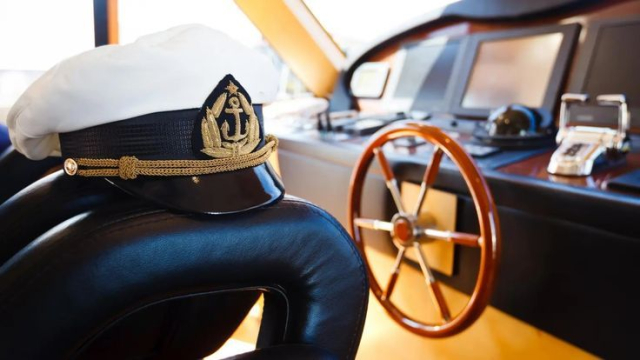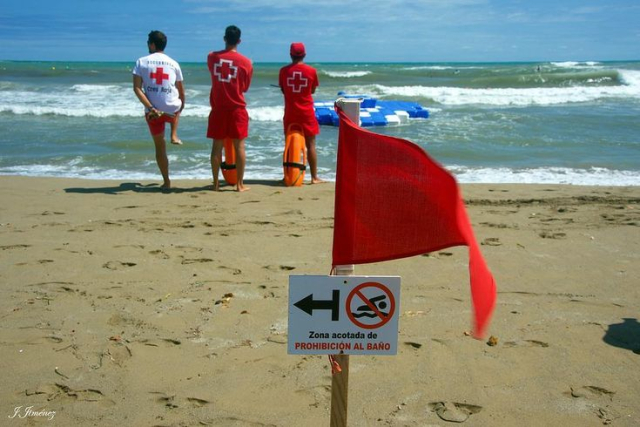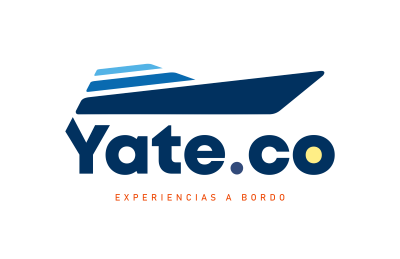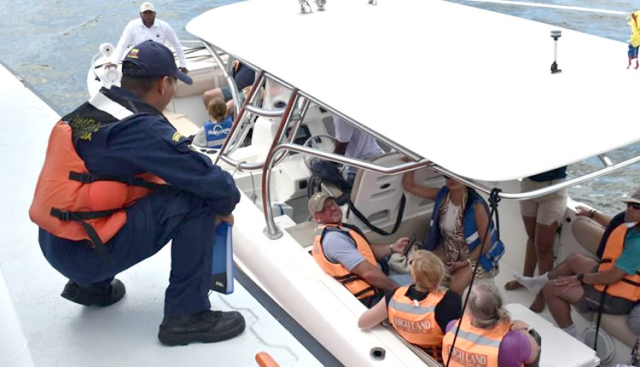The sea, with its charm and diversity, is a popular destination for recreational and sporting activities. However, enjoying its wonders also means being aware of the risks and taking preventive measures to ensure everyone's safety. Prevention is key to avoiding accidents and ensuring that each visit to the sea is safe and pleasant . Being aware of the preventive actions will help you act responsibly if you rent a private boat or a shared tour and go with your family or friends to enjoy a spectacular ride at sea. You will also be able to know the requirements that the boat where you will be staying must have. transports to ensure correct execution of their functionality and the aptitudes, skills and knowledge that the crew must have before and during the journey. Finally, it is equally important to know the processes to follow in the event of an unforeseen incident or accident during the tour.
You may also be interested in: Safety recommendations at sea
What should I take into account to prevent accidents at sea?
Regarding the boat

Taken from Tempestalia
- Life jackets or rings available for each of the passengers on board, whether adults or children, of appropriate size and approved by the competent authorities and at least one life ring equipped with a rescue rope.
- A marine VHF radio to communicate with other ships and shore stations in an emergency.
- A GPS system for accurate and safe navigation, a marine compass and updated nautical charts of navigation areas.
- Navigation lights that meet international requirements for operation at night or in low visibility conditions.
- Red flares, signal rockets and other pyrotechnic signals for emergency situations.
- A well-stocked first aid kit with basic medications, bandages, disinfectants, and other medical supplies.
- Fire extinguishers suitable for the type of fire that may occur on a boat, located in accessible places.
- Bilge pumps to remove water from the boat in case of flooding.
- Tools such as screwdrivers, wrenches, pliers, electrical tape and marine knife.
- An anchor suitable for the size of the boat and the type of seabed , along with a chain and rope of sufficient length.
- Additional mooring ropes and lines for emergency situations or to secure the boat.
- An emergency plan that all crew members know , including procedures for abandoning ship and rescue.
- Vessel documentation, including registration, insurance, and operation and maintenance manuals.
You may also be interested in: Pets on board
As for the crew

- At least one crew member must be trained in first aid and cardiopulmonary resuscitation (CPR).
- All crew members must be familiar with safety procedures, the use of emergency equipment and survival techniques at sea .
- The captain must have approved the Yacht Skipper (PY) or Yacht Captain (CY) course .
- Sailors must have the Deck Seaman certificate .
- The crew must have a certificate of maritime safety courses, fires, maritime survival, ship handling, Restricted Operator course of the Global Maritime Distress and Safety System, Radar and Electronic Navigation course (Captain), Radiocommunications Operator course ( Captain) and all certificates required to pilot or assist in navigation .
You may also be interested in: How to keep children happy and safe on a boat?
As for the passenger

- Before leaving, check the weather and sea conditions .
- Avoid swimming or boating in adverse conditions such as storms, strong winds or rough seas.
- Always wear an appropriate life jacket , especially if you are not an experienced swimmer or if you are participating in water activities such as kayaking, sailing, or jet skiing.
- Swim only in areas supervised by lifeguards .
- Follow the instructions and safety notices they provide.
- Beaches often use a flag system to indicate sea conditions . Learn their meaning and respect them .
- Do not drink alcohol before or during participation in water activities . Alcohol affects judgment, balance, and reaction times.
- Do not touch or disturb marine life . Some species can be dangerous, and it is essential to protect marine ecosystems.
- Do not leave trash on the beach or in the water . Use trash receptacles and recycle whenever possible.
- Familiarize yourself with the signs and symptoms of common water problems , such as cramps, exhaustion, and drowning, and how to respond to them.
- Teach children about water safety and make sure they are always supervised by an adult .
You may also be interested in: Tips for renting a yacht
Procedure to follow in case of accidents at sea
- Stay calm and assess your surroundings: Identify the nature of the accident, the severity of injuries (if any), and the sea and weather conditions. Being calm will be essential to make the right decisions.
- Secure the group: Make sure everyone is wearing life jackets and gather all passengers in one place to facilitate assistance.
- Call to emergencies and relevant authorities: In case of communicating to the Colombian Coast Guard, the VHF radio on channel 16 must be used to make a distress call providing clear and precise information about the situation, location (GPS coordinates if possible), the type of accident, and the number of people on board. It is also possible to call the maritime emergency line of the General Maritime Directorate at number 146.
- Provide first aid if you are aware of it: If people are injured, provide basic first aid. Stop any bleeding, immobilize fractures, and try to avoid shock. Monitor the state of consciousness and vital signs of the injured.
- Wait for rescue: If the vessel is afloat, it is generally safer to remain on board until rescue arrives. Signal with flares or lights and remain calm while waiting for rescue teams to arrive.
- Information and documentation: If possible, take note of the details of the accident, including the time, place, weather conditions, and sequence of events. Upon arrival at port, provide a full report to local maritime authorities and complete any required documentation.
We invite you to take a look at other articles at: https://yate.co/es/blog


